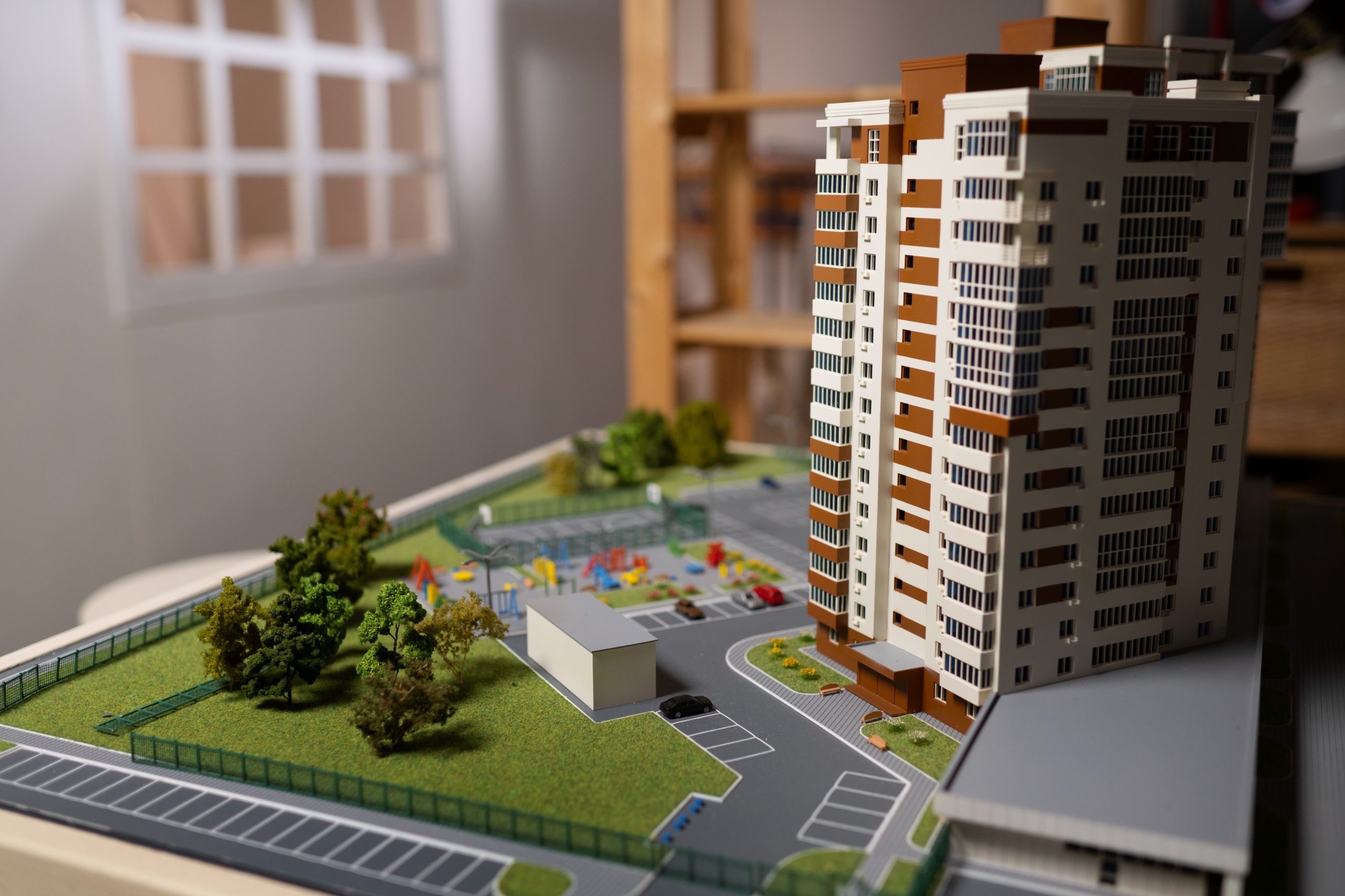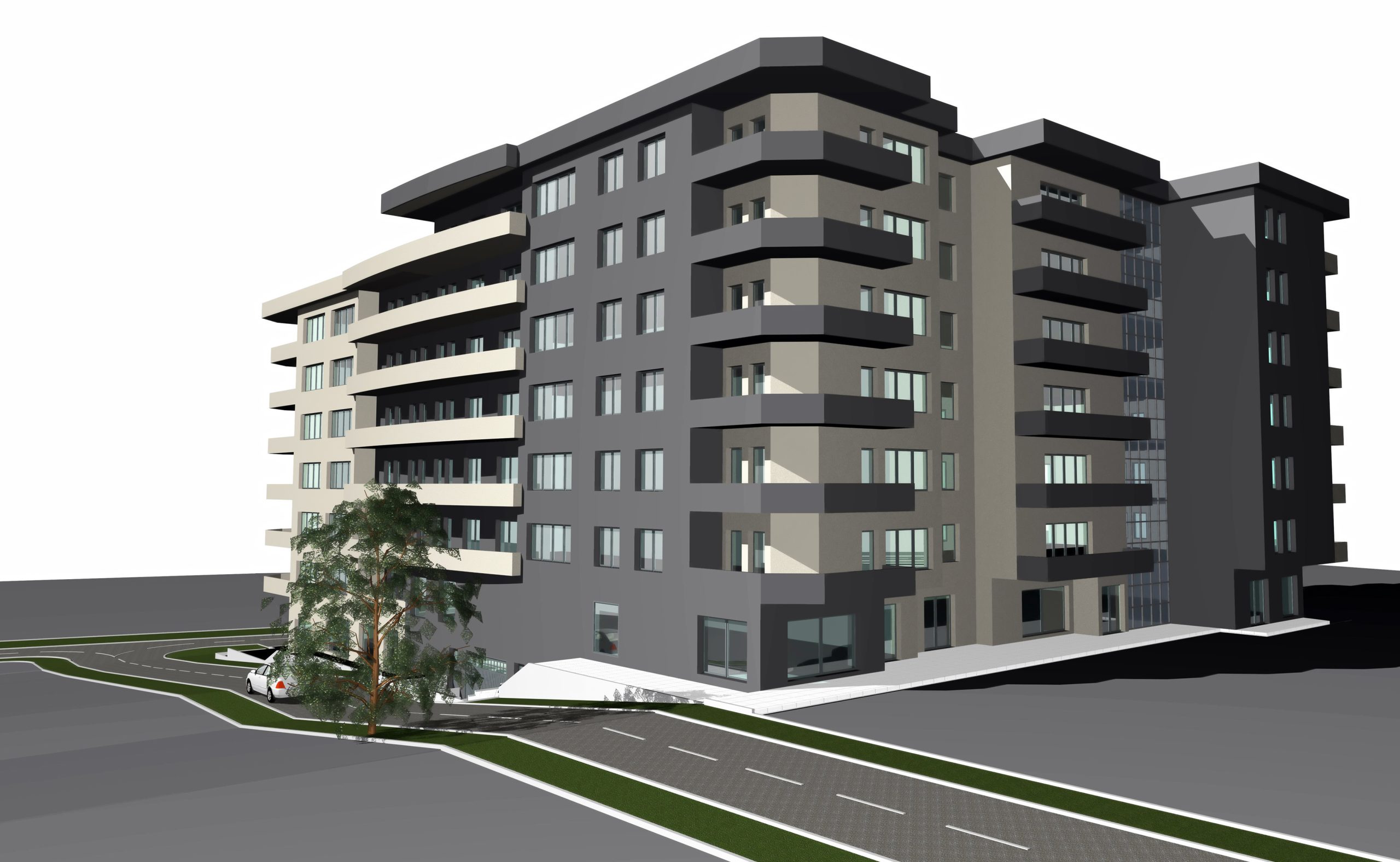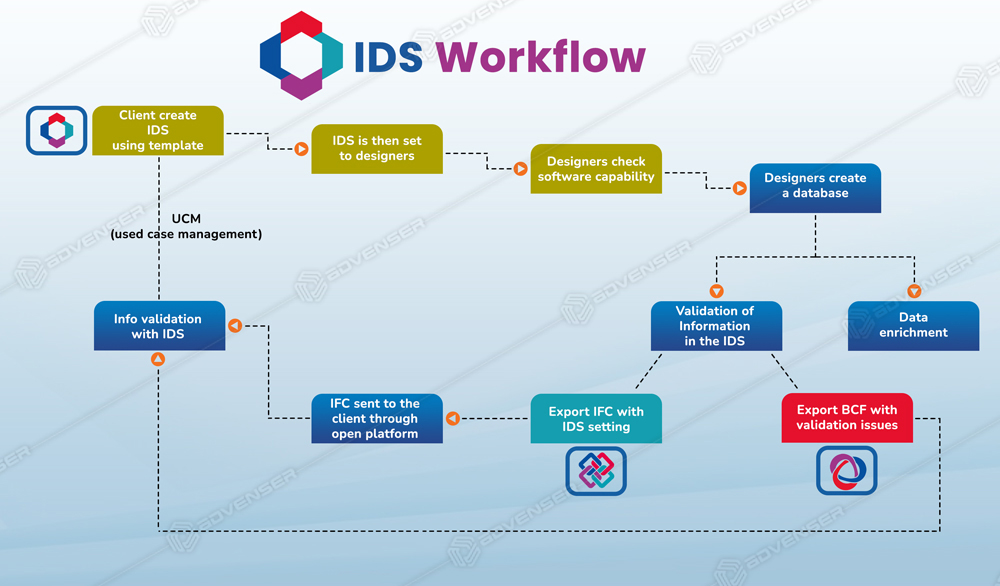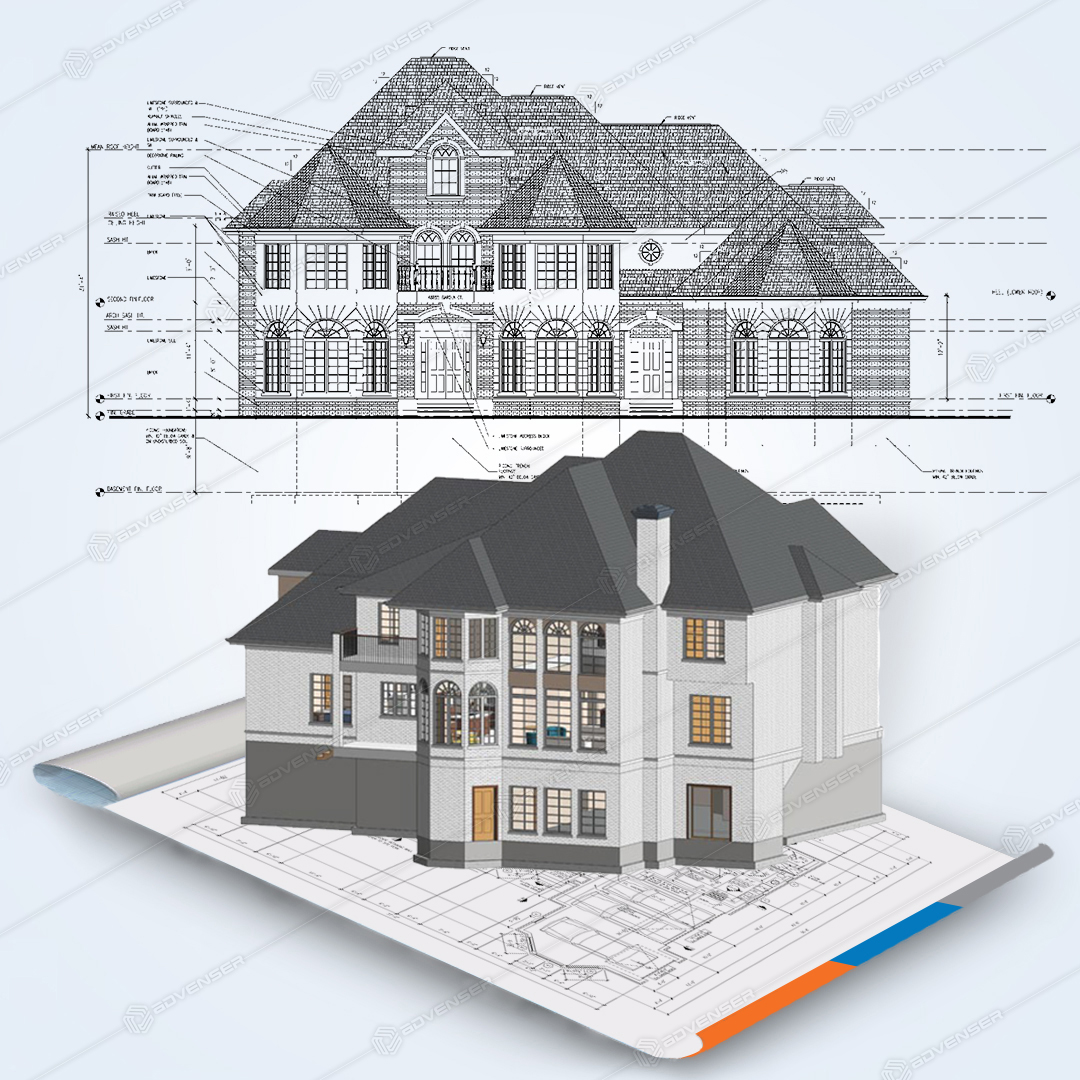
Building Information Modeling (BIM) is modernizing the construction industry. This innovative technology has the potential to streamline construction projects, improve collaboration, and significantly cut down on costs. In this article, we will explore the benefits of BIM in construction project management and how it can help you succeed by successful implementation.
BIM: In Brief
BIM, which stands for Building Information Modeling, is a collaborative process used in the architecture, engineering, and construction industries for creating and managing digital representations of the physical and functional characteristics of a building/structure. It involves the use of BIM-based software to generate a virtual model of an edifice, which can be utilized to simulate and analyse its performance, as well as to facilitate better communication and collaboration among project stakeholders. A BIM model serves as a single source of truth depicting same information for the teams involved in a project.
BIM is frequently utilized in the realm of computation, as opposed to manual calculation, with the aim of simplifying the calculation process, which facilitates the acquisition of well-organized data.
People often misunderstand BIM as a software and think that it is just 3D models, but BIM is actually a working methodology, which is why it varies from company to company within the industry. BIM provides a framework, but it is up to each individual involved in the process to contribute relevant content. The primary objective of BIM pertains to the enhancement of operational efficiency, and the reduction of lead times, while also reducing costs by collecting information and data in a structured and digital manner/format.
BIM Benefits:
Improved Collaboration and Communication
One of the key benefits of BIM Services is improved collaboration and communication among all project stakeholders. With BIM, all project information is stored in a centralized location, making it easily accessible to everyone involved in the project.
This eliminates the need for several versions of drawings and documents, reducing the risk of errors and miscommunication. All stakeholders can view and contribute to the same model, ensuring that everyone is aligned and working towards a unified objective. Furthermore, this process aids in the early detection and resolution of potential issues/clashes, thereby reducing the likelihood of delays or errors.
Enhanced Visualization and Coordination
BIM allows for the creation of an intelligent 3D model that provides a realistic and authentic representation of the building or infrastructure project. This allows stakeholders to visualize the entire project comprehensively, making it easier to identify potential issues and make necessary changes/modifications before the actual on-site construction begins.
BIM also enables clash detection, which identifies any conflicts between different building systems, for instance, electrical and plumbing, architectural and structural elements, etc. before construction begins. This helps to prevent costly rework and delays during the construction phase.
Increased Efficiency and Cost Savings
BIM tools offer a range of features and capabilities that can help streamline and optimize construction projects and save costs. For example, BIM software can generate accurate quantity and material take-offs, thereby reducing the time and labor effort required for manual calculations.
BIM enables the creation of construction schedules that are linked to the 3D model, providing a visual depiction of the project timeline and progression. This helps to identify potential delays and allows for enhanced project planning and management.
Improved Safety and Risk Management
Utilizing BIM services in the construction process can enhance safety measures on site by detecting potential dangers and hazards prior to the start of construction. By utilizing BIM, safety protocols can be efficiently crafted and showcased through the 3D model, facilitating improved collaboration and communication among all involved parties.
Furthermore, BIM also aids in managing risks by offering precise and timely project information, which leads to informed decision-making and a decrease in costly errors.
Sustainability
BIM (Building Information Modeling) services have the capability to assist in the development of sustainable construction projects through a thorough assessment of building energy performance and identification of opportunities for enhancing building systems. By analyzing energy usage, BIM services can effectively decrease carbon emissions and minimize energy expenses. Moreover, these services can also optimize material utilization, thereby reducing waste and promoting sustainable practices.
As an illustration, BIM models can simulate building energy performance to pinpoint potential methods for conserving energy, while also streamlining material use to advance sustainability efforts.
Smoother Project Handovers
BIM has the capability of generating precise as-built documentation. This documentation is a crucial component during the handover process as it offers a comprehensive record of the actual construction. It eases the comprehension of the building’s systems and components for the owners and facility managers.
The BIM model incorporates meticulous data pertaining to all aspects of the structure, resulting in an authentic digital representation of the building that can be furnished to the owner to facilitate smoother long-term operations, maintenance, and repairs.

Transforming Construction Project Management with BIM – A Must-Know Approach
Start Early in the Project Lifecycle
BIM can be utilized in various phases/stages of a building’s entire lifecycle, such as design, construction, and operation. However, to fully reap the benefits of BIM, it is important to start implementing it early in the project lifecycle. This allows for better planning and coordination among all stakeholders, mitigating the potential risks of costly modifications and delays during construction.
Investing in the Right BIM Tools
To effectively implement BIM in construction project management, it is crucial to invest in the appropriate BIM tools and resources. There are numerous BIM software options available, so it is important to research and judiciously choose the one that most aptly aligns with the specific requirements of your project.
Train Your Team
Additionally, training should incorporate techniques for collaboration and communication through BIM, as these are essential for the success of the project.
Training Application on Pilot Projects and having Patience
While learning and exploring a new tool and understanding its capability, it is crucial for the team to have hands-on experience with the BIM tool. This objective can be better accomplished with a pilot project which will help both the team and management assess and analyze learning curves, productivity levels, and the potential of the BIM tool. This approach also reduces the risk of failure and enables better preparedness for future projects.
In order to ensure that the ongoing work and projects are not disrupted, it is possible to establish distinct teams for training. The initial team of proficient individuals can gradually provide assistance to the newly trained groups.
Throughout this process, it is imperative for management to be patient as mastery takes time. However, this patience will ultimately yield efficient outcomes in the future.
Who is Responsible for Implementing BIM in Construction Project Management?
Implementing BIM in construction project management requires collaboration and coordination among all stakeholders and parties involved. Nevertheless, it is primarily up to the BIM manager to facilitate the implementation of BIM.
It falls upon the BIM manager to ensure that all project participants receive adequate training in the utilization of BIM tool and the proficient design of BIM Execution Plan (BEP), as well as to guarantee that the project adheres to top-notch BIM standards.
Conclusion
BIM is revolutionizing the construction sector by enhancing collaboration, communication, and efficacy. By integrating BIM into construction project management, you can streamline and optimize your projects, cut down overhead expenses, and achieve success through timely project delivery. BIM is not just a tool or software; it is a process that changes how construction projects are delivered, and its impact on the construction industry is only just beginning. BIM is not a mere tool or software, but a powerful process that revolutionizes project delivery. With BIM on your side, you can elevate your construction projects and maintain a competitive edge.







